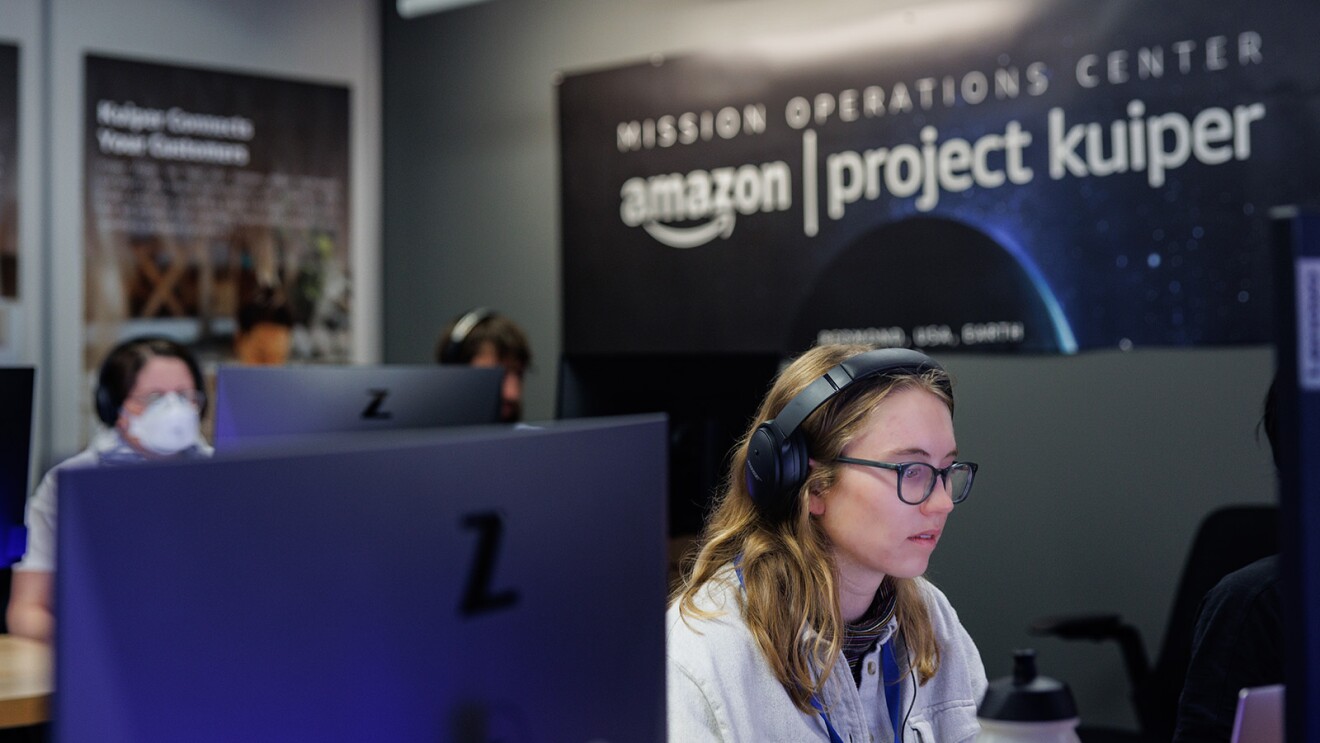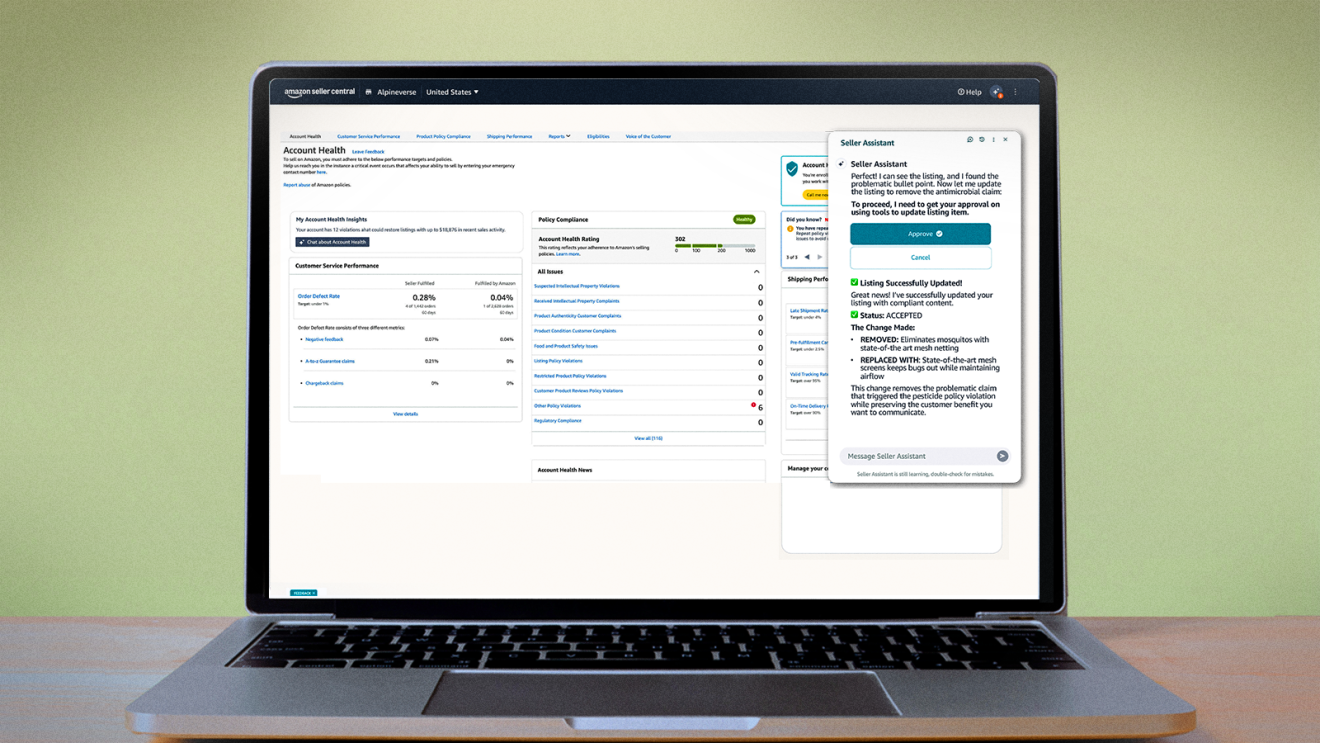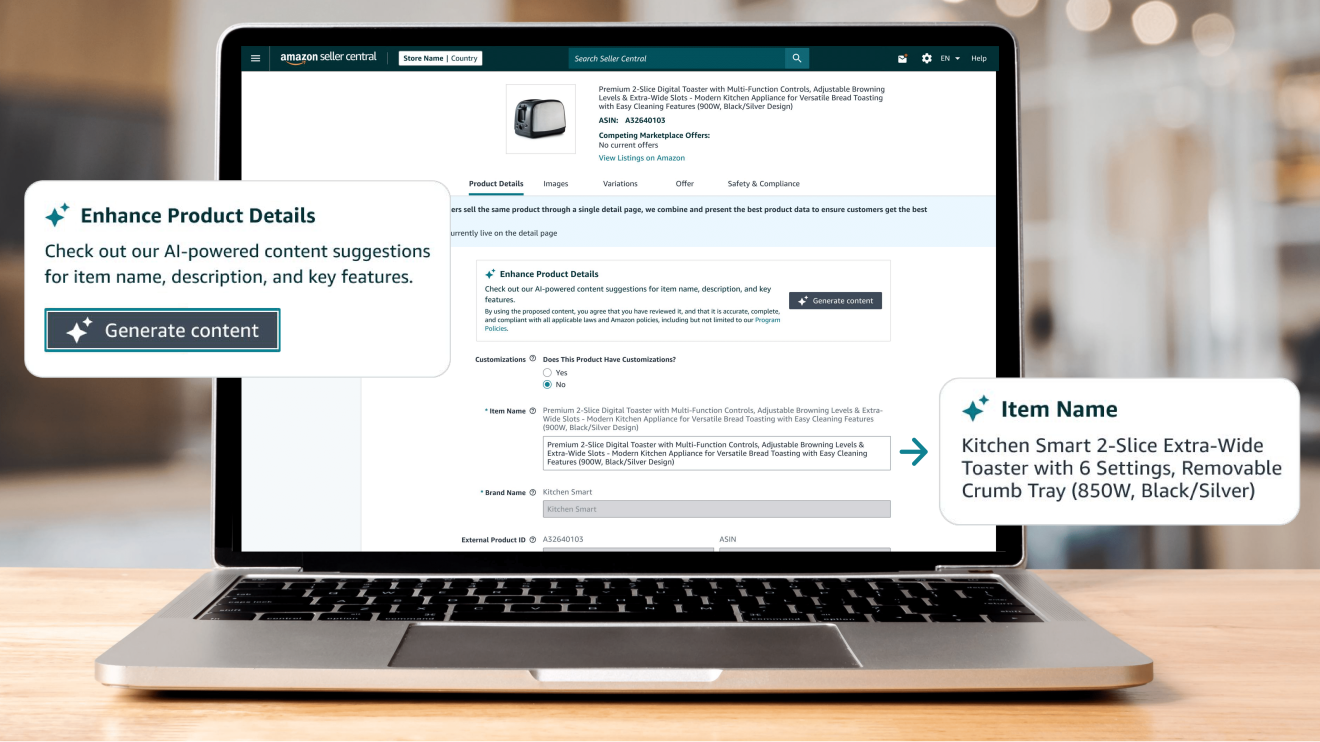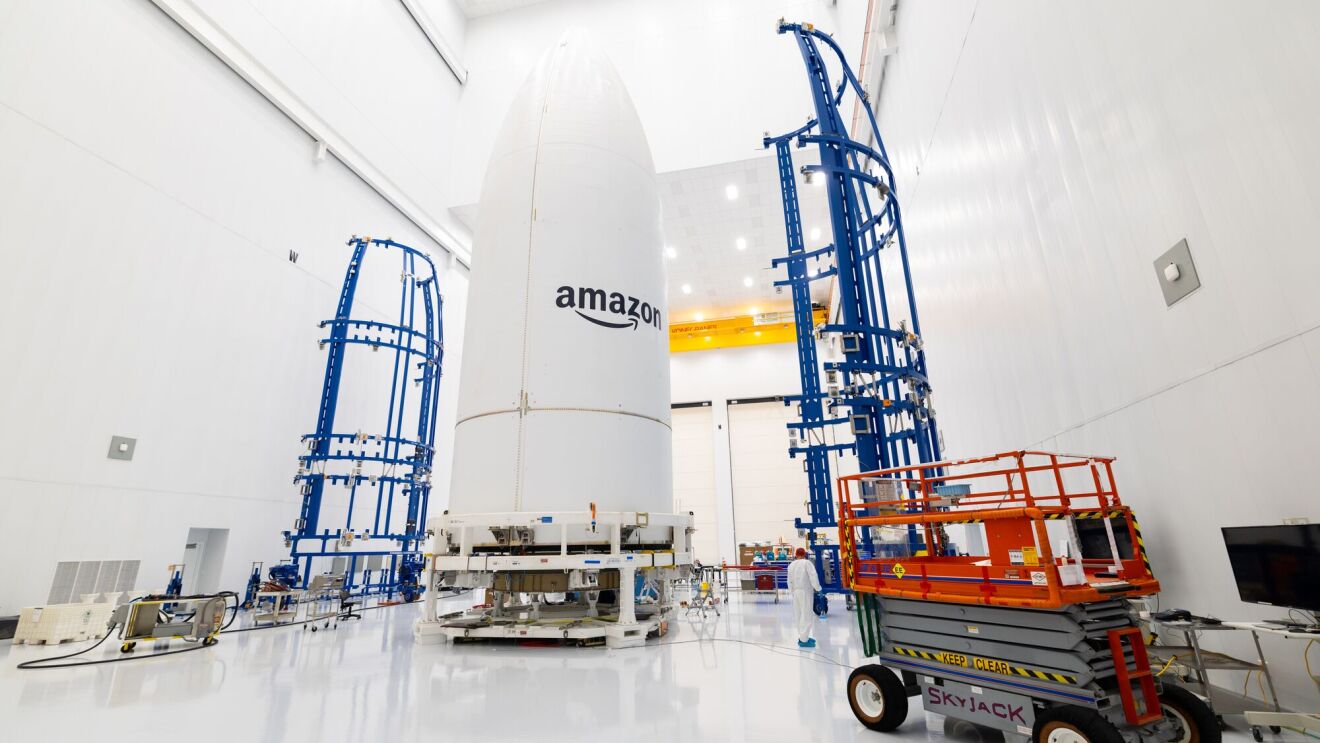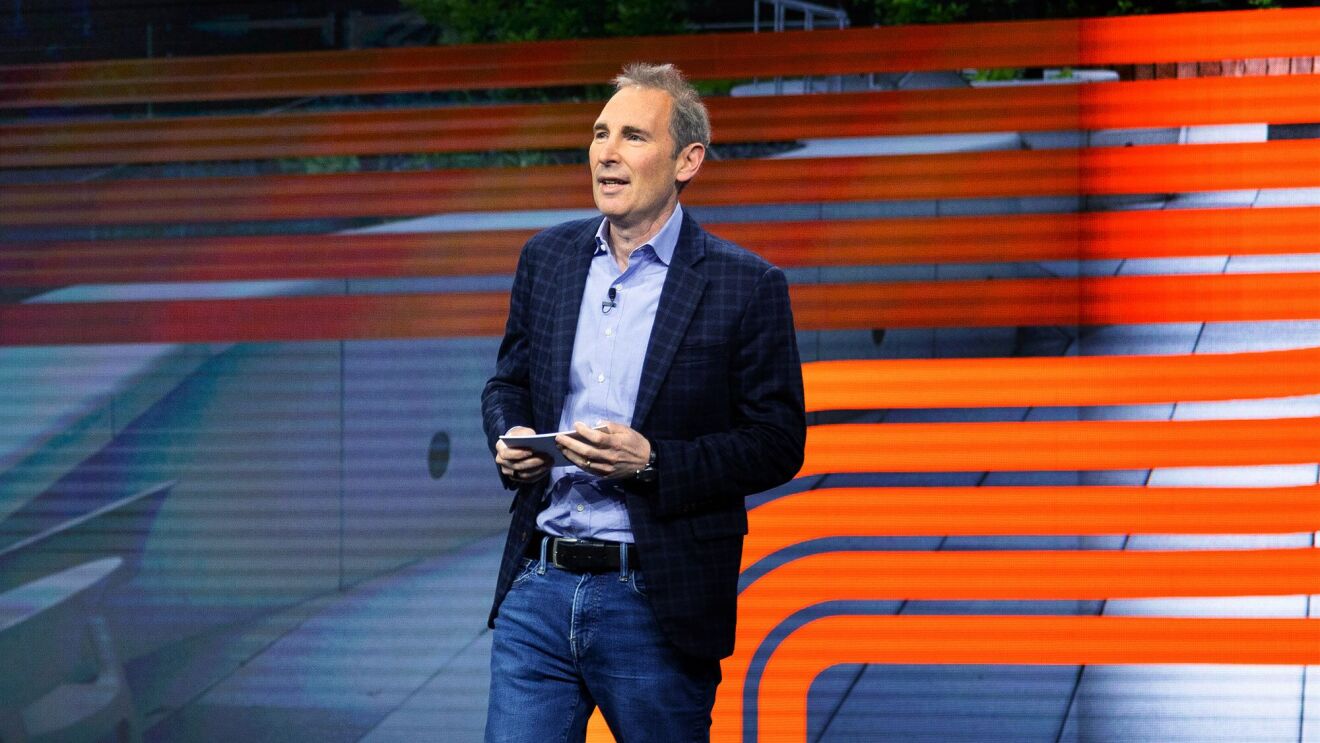At 2:06 p.m. EDT on Friday, October 6, Project Kuiper sent its first two satellites into space on board an Atlas V rocket from United Launch Alliance (ULA). The launch kicked off the Kuiper Protoflight mission, a monthslong series of tests to validate our system design and network performance. Already, our engineers have collected some of the most critical data from the mission.
“There’s plenty of work ahead, but at this point in the mission, I’m thrilled to report that KuiperSat-1 and KuiperSat-2 are operating nominally,” said Rajeev Badyal, Project Kuiper’s vice president of technology. “The two satellites are stable in orbit, harvesting energy from the sun, and communicating across all links from Earth to space and space to Earth. We’re already learning a lot from this mission that will inform further improvements to our production systems, and the team should be very proud of this milestone.”
01 / 02
In the next phase of the mission, we will test our data network end to end. That involves routing data from the internet, through our Amazon Web Services (AWS)-powered ground network, from a ground gateway antenna up to our prototype satellites, and then down to our customer terminal antennas at our test site, as well as sending data in the other direction.
Making progress on Project Kuiper’s mission
Project Kuiper plans to begin satellite production in Kirkland, Washington, before the end of the year, in parallel with the Protoflight mission. Learnings from the mission will help refine the hardware, software, and infrastructure that underpin the Kuiper System. The first of these production satellites are on track for launch in the first half of 2024, and we expect to enter beta testing with early commercial customers in the second half of 2024.
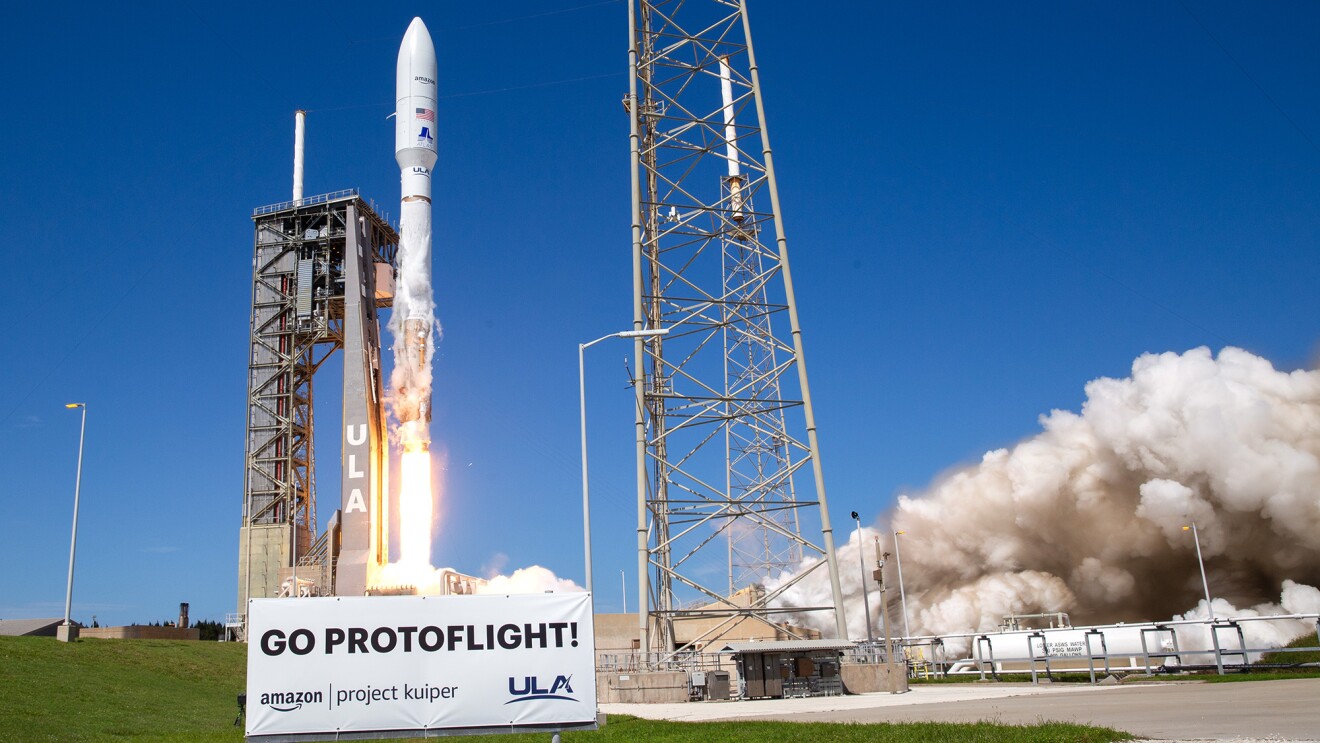 Project Kuiper’s prototype satellites rode to space on an Atlas V rocket from United Launch Alliance.Photo by United Launch Alliance
Project Kuiper’s prototype satellites rode to space on an Atlas V rocket from United Launch Alliance.Photo by United Launch Alliance“It is very encouraging to see this advanced network start to come together,” said Badyal. “It gives me a lot of hope that we can make a real difference in giving unserved and underserved communities access to high speed internet connectivity.”


